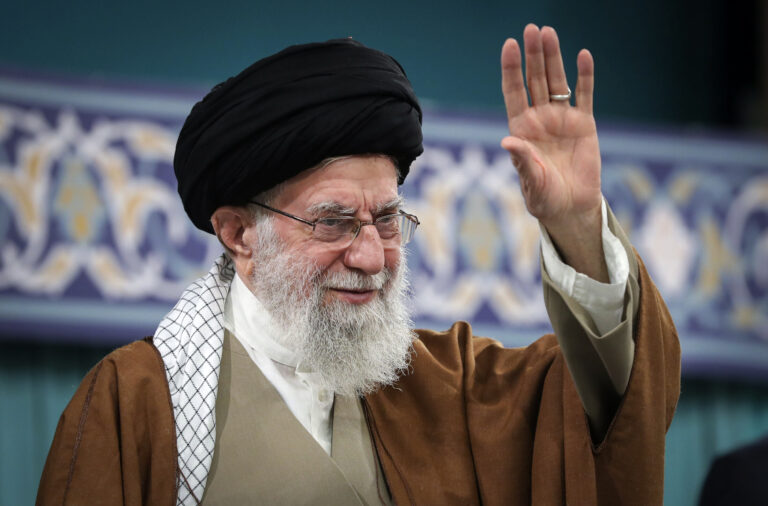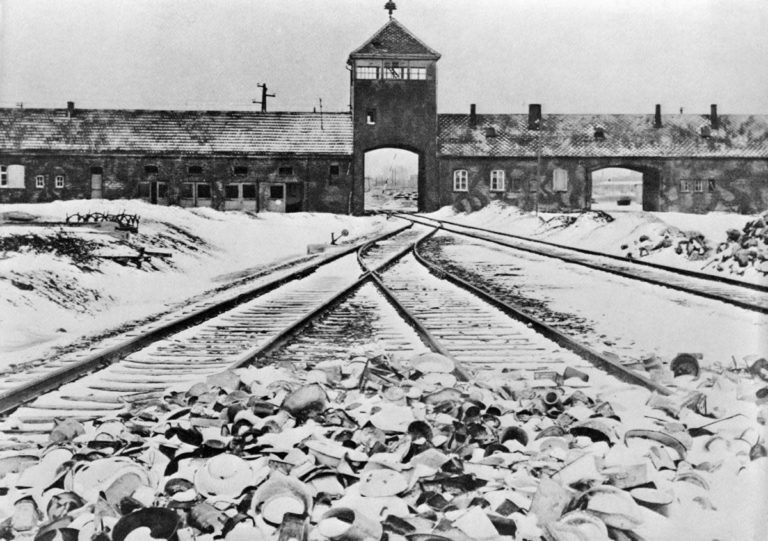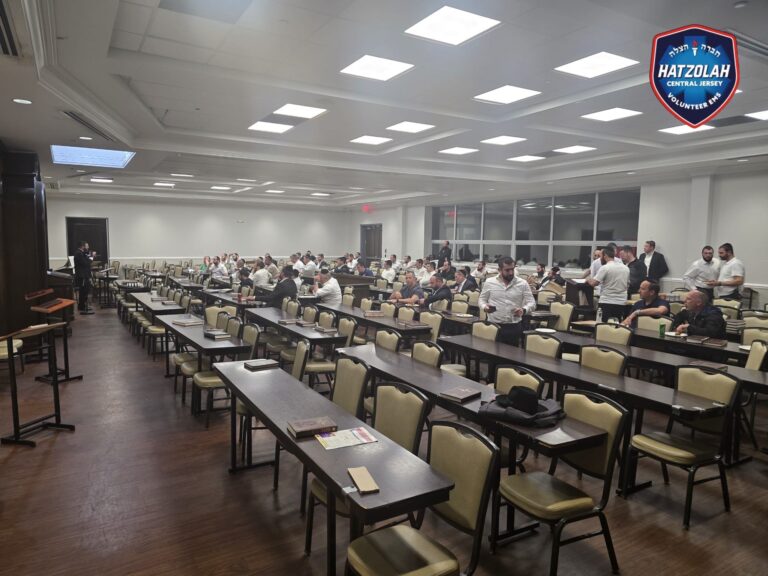 By Rabbi Yair Hoffman for the Five Towns Jewish Times
By Rabbi Yair Hoffman for the Five Towns Jewish Times
It is a complaint that a number of teachers have had of late – large class sizes. Some state categorically that a class size should never exceed 25 students. It is interesting to note that the issue is not only a matter of contemporary discussion, but is the subject of debate among Rishonim. The debate centers on how one understands the Talmudic passage in Bava Basra (21a).
RAMBAM VERSUS ROSH
The Rambam (Hilchos Talmud Torah 2:5) indeed writes that there should not be a class larger than 25 students unless an assistant is also procured. Once the class size reaches 40, it should be split into two classes.
The Rosh, however, disagrees with the Rambam’s reading and allows a class to reach up to 40 students. The halachos are discussed in Yore Deah 245, where the Mechaber rules like the Rambam.
The position of the Rosh is that from 40 students to 50 students an assistant should be procured. If the class size reaches above 50, however, the class should be divided into two.
A PRACTICAL THIRD POSITION
The Gilyon Maharsha (YD 245:15) cites the Emunas Shmuel that nowadays the hearts have shrunk and the figure of 25 is too large for a teacher to handle and the maximum size should even be less.
HOW WE RULE
The Tashbatz (1361-1444) rules like the Rambam as normative halacha.
Rav Moshe Feinstein zt”l Igros Moshe (YD II #29) writes, as a matter of course, that nowadays the halacha is unequivocally like the Rambam and Shulchan Aruch that the limit is, in fact, 25 per class. This is also the view of the Piskei Din Rabani’im (Volume IX page 10)
The Shach seems to understand the issue as depending upon the nature of the student as well as the abilities of the teacher.
The Maharsha cites a fascinating hint in the posuk to this, where it states, “Ko sevarchu es bnei Yisroel – thus shall you bless the children of Israel.” The gematriah of the word “ko” is 25. The implication is that the children of Israel shall be blessed when we do not exceed class sizes of 25.
Interestingly enough in Israel, the Misrad Hachinuch has set certain guidelines that the minimum to open a class is twenty students and that a class can hold up to 40 students.
What does the scientific research say? Overwhelmingly study after study reports that all other factors being the same class size is perhaps the most important method of improving both long term and short term educational results.
GRADE LEVEL
In his book entitled “HaKatan v’Hilchosav” (Vol. I 3:32), Rabbi Boruch Rakovsky writes that the classes should be divided by age (or grade) level and not be mixed classes. The purpose of this is so that a uniform standard can be achieved. A ninth grade student cannot write at the level of an eleventh or twelfth grade student and they should not be mixed.
THE PROBLEM
So what is the problem? The problem is that it is also the absolute most expensive way of improving educational results. Think about it. Let’s assume, for argument’s sake, that a classroom teacher makes $50,000 for a full day of work. And let’s assume that a particular grade in one school has 80 children. If they 80 students are divided into three classes of 27, 27, and 26 kids each the shared cost of the teacher’s salary alone is $1875 per child. However, if the 80 kids are divided into 4 classes of 20 the shared cost of the teacher’s salary alone is $2500 per child. The cost of the additional classroom is also not negligible.
Often, administrators are well aware of these extra costs and do put pressure on the principals to keep the classes larger.
What does New York City do?
The New York City Department of Education (NYCDOE) reports on class size twice a year with a preliminary report in November and an updated report in mid-February. This year, for elementary schools the class size average is 25.1, for middle schools it is 26.9 and for high schools it is 26.5.
The United Federation of Teachers in New York City actually has included a limitation on class size of 25 students per grade within their contracts. This, however, seems to be ignored by the city. Indeed, it has been ignored for a number of years already.
CLASS SIZE LIMITS ARE A COMMUNITY OBLIGATION
Going back to the Gemorah in Bava Basra, we learn that Rabbi Yehoshua Ben Gamla had instituted the community obligation to pay for and appoint teachers. The class limit of 25, according to most meforshim, defines the parameters of the community obligation.
Yet we still see that quite often Yeshivos do not adhere to the class size discussed in the Poskim. They are hampered by the fact that most of our communities are not structured in the manner that Rabbi Yehoshua Ban Gamla had arranged. Consequently, the funding to make this happen is quite often not there. Does the Yeshiva administration have the same obligation in this regard? Are they permitted to squeeze a 26th child or a 27th child in the classroom? It would seem that the adminstrators should still follow these guidelines.
Since the halacha seems to have been established in accordance with the Rambam and not the Rosh (notwithstanding the Misrad HaChinuch), this author would like to suggest that it only be done when one can follow the guidelines of the Shach. It should also not be done without input from an outside source who is not pressured by the financial considerations and yet understanding of the difficulties that a school faces.
The addition of just one or two more students can seriously undermine the education that the other students receive. This is the surveyed view of both teachers and students.
The author can be reached at [email protected]











One Response
What a great excuse for schools and yeshivas not to except new students and let these kids just hang around or to ask double tuition to accept the child